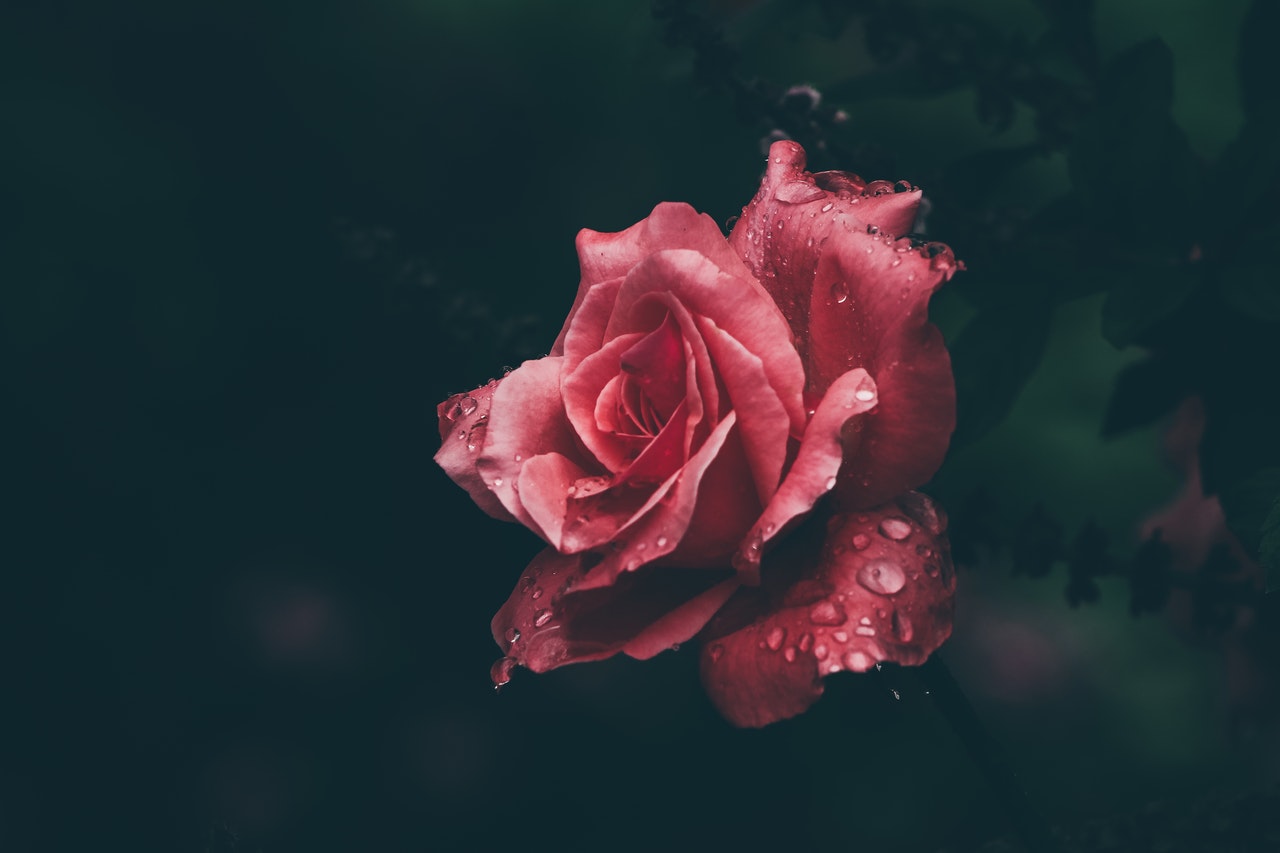There’s an unsaid aversion in the modern world to being alone. Many of us try hard just to be seen with company so we don’t look unwanted or just plain weird. But not Hebei artist Yang Yongsheng, who has a collection of paintings of solitary human figures in a bare, stripped-down environment in his latest exhibition called Lost In Thought.
Cast a glance at his paintings, and it is evident that Yang does not balk at the reality of showing how desolate the figure of the individual can be. Solitary figures are captured for you to decide if these subjects are lonely or just alone. Yang says, “The figures in my paintings are all lonely, reclusive and solitary figures. I think that the soul of each individual body is solitary, and lonely. Loneliness raises the spirit, until it is able to feel the presence of God and feel a sense of belonging.”
It is this understanding of the human condition that lends the collection its thought-provoking nature. Yang comments, “The ‘realness’ of the human condition touches me, even if it isn’t beautiful, but ugly and repulsive. We are often preoccupied with beauty and goodness, but beauty is now idealized and goodness, relative. The only thing that is ‘real’ is truth, and life, and the things that are alive are those that are the most vibrant and charismatic.”
While it is not evident if it is the environment that influences the emotions of these characters, or if it is inconsequential to their sadness, one suspects that the bare surroundings are merely an artistic representation of the emotional state of Yang’s subjects who are all caught up with their private thoughts, or “the monologue of the soul,” as Yang puts it. He seeks to portray the secret, silent world that every individual dwells in that is full of pain, confusion and loneliness at times. “If touched, that dimension of the soul is actually a way of exposing human nature, and human nature is common to all of humanity,” Yang adds.
Like a drama, Yang directs his subjects skillfully, showing figures of young women that are at the prime of their lives but whom are somehow forlorn and desolate, and who express a “beautiful, serene sort of sorrow,” highlighting the existentialist crisis that every individual must deal with.





